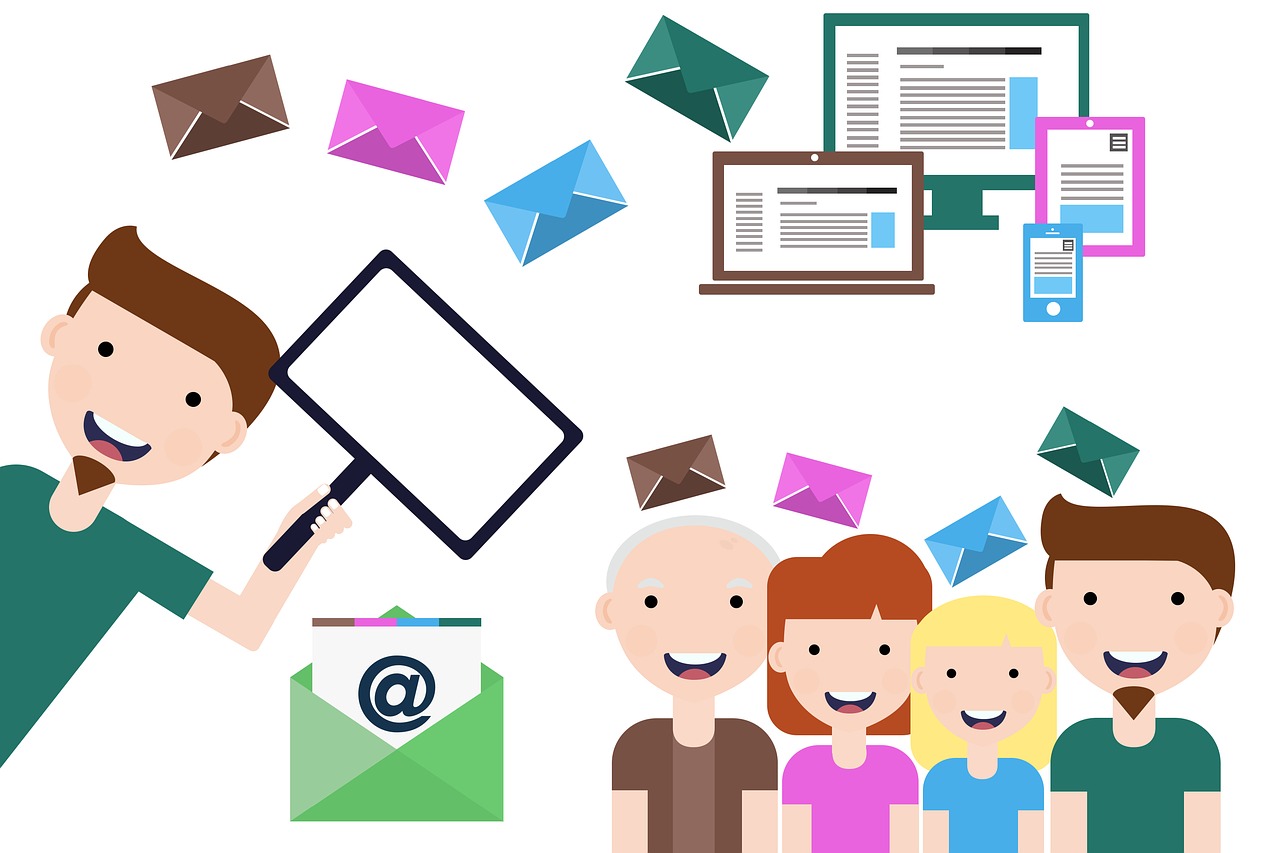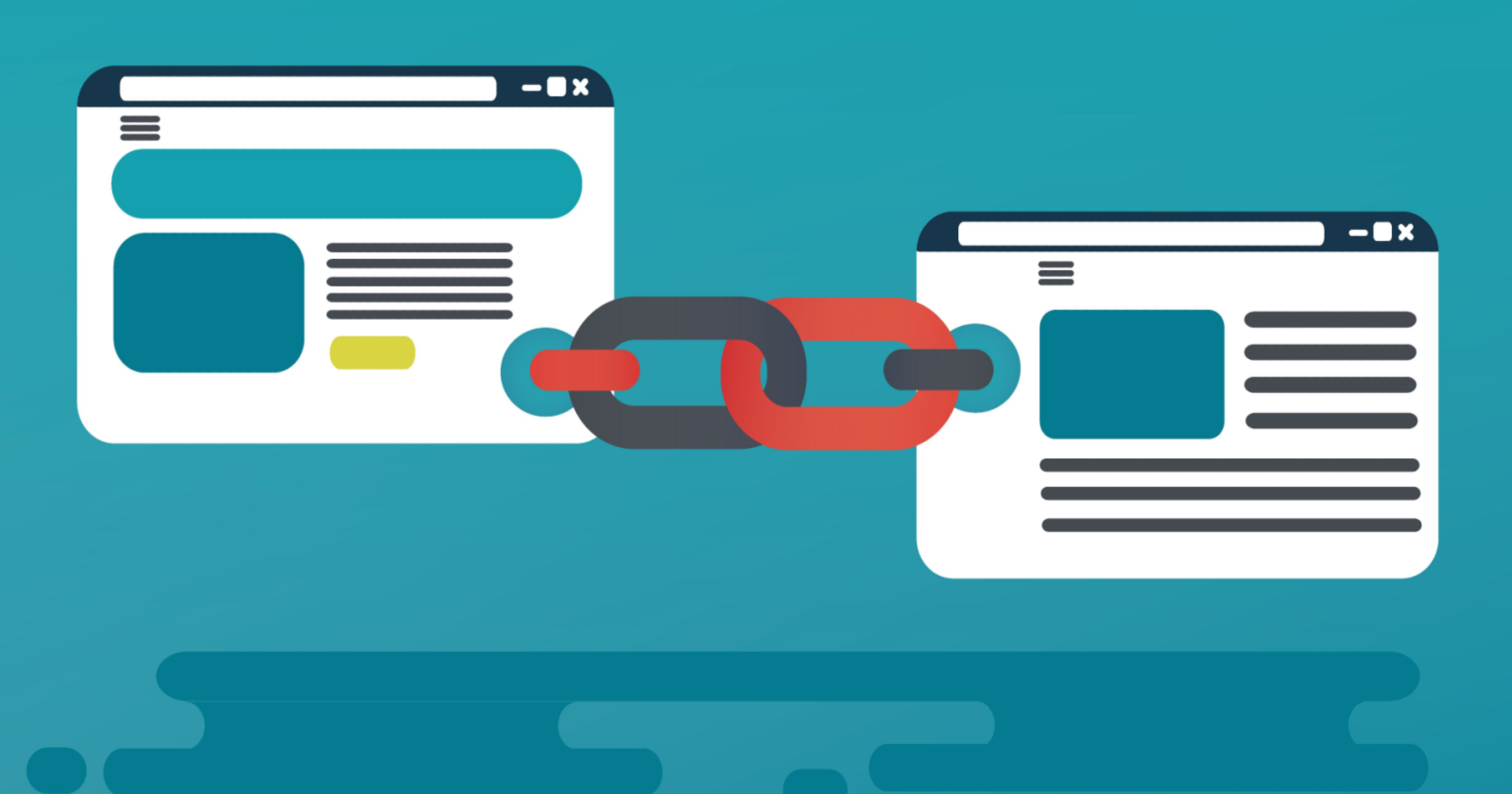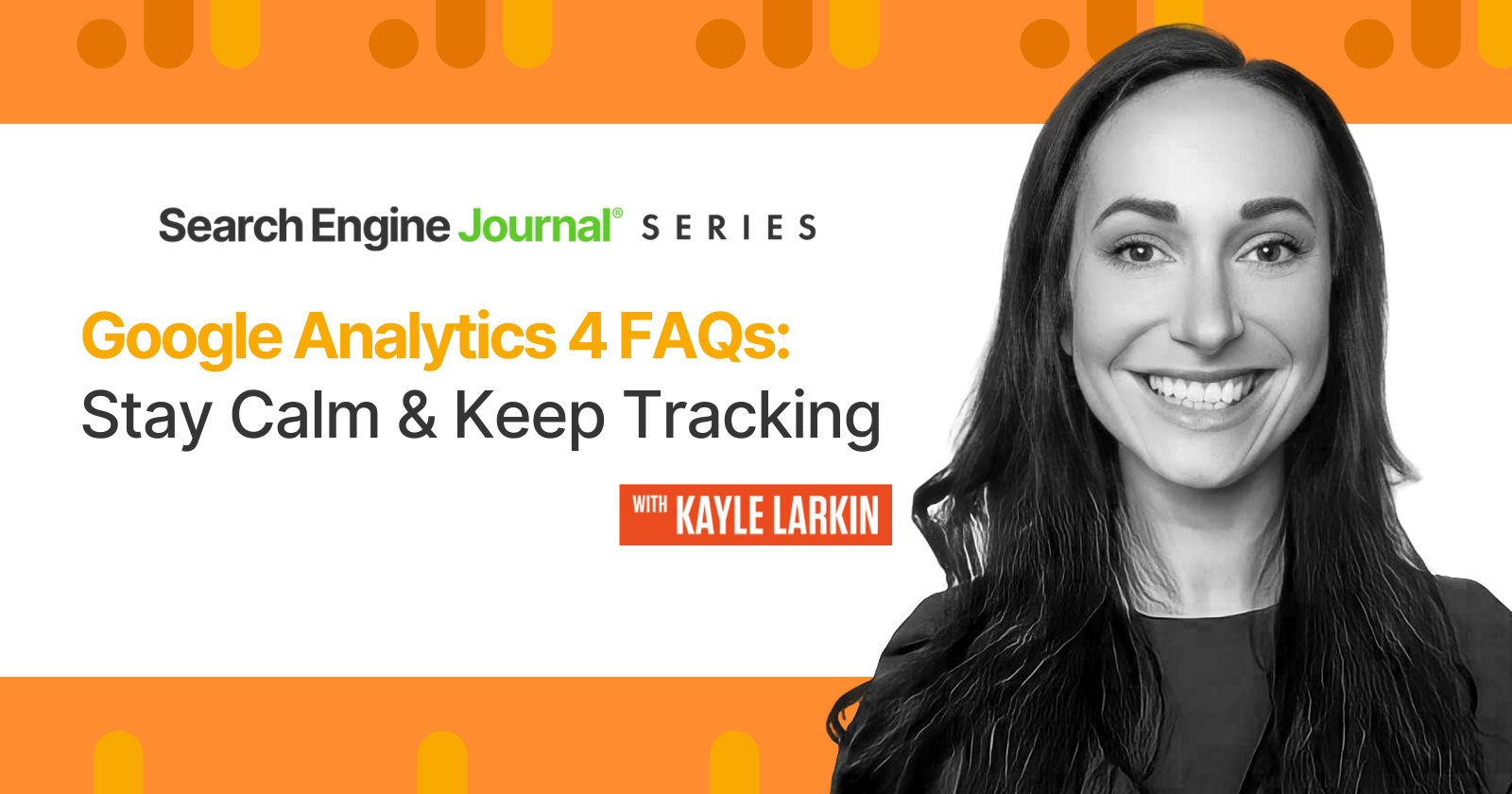6 Email Personalization Strategies to Increase Your Sales in 2022
Do marketers need email personalization? If you have this question, let’s first acknowledge the eternal truth- We all are unique and have different temperaments, likes and goals. So, how could the same email hit the right chord with all...

Do marketers need email personalization?
If you have this question, let’s first acknowledge the eternal truth-
We all are unique and have different temperaments, likes and goals. So, how could the same email hit the right chord with all readers? It surely won’t.
Most marketers are aware of this challenge and accordingly design emails aligned with needs of different readers. This is a visionary practice, as with this, connection with customers becomes result-oriented, thus increasing the chances of conversion.
In the present scenario, marketers are giving more preferences to email personalization than others.
According to a survey by Hubspot organizations prefer email personalization over other tactics. Companies are investing more than 25% of their email marketing tactics in message personalization, followed by mobile-friendly emails (22%), email automation campaigns (20%), subscriber segmentation (19%), dynamic content (9%) and others.
Email personalization leads to better open rate, click-through rate and increased sales.
As an email marketer, if you’re on the same page as your audience, you could easily push them down the sales pipeline.
Let’s find out some proven email personalization strategies to help your sales in 2022:
1. Segmenting Your Audience
It is the first step and could be stated as the basic strategy for personalizing email.
Let’s take an example supporting the aforementioned statement:
You have a customer who prefers basic service as he has a minimum budget. In this case, if you promote premium service to him, he would be least interested. This is where segmentation plays a huge role. The segmentation strategy makes your process easier and more manageable.
As a smart email marketer, your goal should be quality instead of quantity. Email campaigns should save your time, money and energy.Just as a quote by tech entrepreneur Matt Blumberg:
“Reaching the inbox isn’t your goal-engaging people is”
And you can only engage people, if you precisely segment your audience and connect to them with the right content.
Let’s take another example:
You have another set of high-spender customers. They are interested in good quality service and are ready to pay a premium price for it. You should segment them for upselling your product and never send an email campaign featuring a basic product or service. They won’t like it, also if a minuscule number of high spenders would go for your basic service, it would be a loss for your business.
You lose the opportunity to upsell your product to a premium customer. This is something that you won’t want as your sales would deplete.
So, what are different the types of segmentation?
Demographic Segmentation – customers are segmented based on age group, education, gender and others.Psychographic Segmentation – means understanding the psychology of customers and likewise segmenting them.Geographic Segmentation – segmenting customers as per geographic location such as time zone, preference for a specific product in that region, etc.Behavioral Segmentation – customers are segmented based on their behavior such as clicking on specific CTA, links and others.With precise segmentation, you can promote right product or service to each segment of customers.
2. Subject Lines
Subject lines act as the frontline worker for your email campaign. As known, most customers have a short attention span; they make up their minds to read email within a few seconds.
35% of the recipients open email by just subject line.
In such scenarios, you should have a subject line that hooks the reader. But how do you do that? The trick here is to develop a subject line that isn’t too salesy and also not dull. It should motivate the reader go deep inside the email.
Find some attractive subject lines such as:
Holiday weekend= Great SavingsBook early to save goodGrab unique offers at right timeNew year=New profitYou can attract a significant number of readers, both existing and new customers through creative subject lines. An example of this is using the name of the recipient in the subject line, such as “Amreen, thanks for being a loyal member.” The marketer has mentioned name of recipient to bring a personal touch. Additionally, thank you message shows marketer goes one step further to maintain long-term relationship with customer.
A loyal customer usually means more sales.
3. Adding Relevant Images
Graphs, pictorial representation, images and others attract more attention than written content.
In an email campaign, inserting a good image motivates readers to read content. But you should add relevant images, an eye candy image holding no value for the reader is a waste of time for both marketer and reader. As an example consider a Travel marketing company that has complete history of its customers. For instance, the tourist spots the customers visited, future plans to visit, etc. They have collected it from travel records, feedback, surveys and other methods. Accordingly, they send attractive images of the specific holiday destination in their email campaigns to every recorded customer. The entire process is called email personalization designed by travel marketers.
4. Case Study
Now, we’d analyze a case study where a reputed travel company, EasyJet implemented both tactics: relevant images and data to get email personalization. They shoot out different email campaigns at regular intervals to attract attention of their customers. As they have recorded travel history of the passenger, the organization has an idea about the preferences of customer and they used some attractive images of other travel destinations such as Nice and Malaga.
They believed if the customer travelled to Faro, Portugal, which has a warm climate, why not Malaga, Spain? Both the cities have an almost similar climatic condition. They have asked the question in email,” You’ve been to …. Why not try….?” Additionally, the thought-provoking statements such as “250 destinations for you to explore……” did the magic to connect with customer.
The overall results were overwhelming as 7.5% of the customers who received emails got converted. It connected with the customers rightly with a good open rate and click-through rate.
5. Time Zone
Emails at right time zone play a huge role to increase sales.
As the world is separated by different time zones, global audience can’t read email at the same time. Besides that, each audience prefers checking email at a different time in a country.
According to a study by Litmus the optimal send time in Spain peaks above 7% between 10 A.M to 11 A.M, while in Norway it peaks above 6% between 10 A.M to 11 A.M and in Egypt it peaks above 6% between 12:00 to 2 P.M. This shows that customers in these countries take action during different times.
So, isn’t it better for marketers to send an email during that time?
The entire process is called email personalization as per the time zone. As a marketer, you should have information about the location of customers, so that you can plan your email marketing strategy accordingly.
6. Marketing Automation
Automation is the key to success.
According to a finding, 67% of marketers use marketing automation to improve their marketing strategy.
This is a significant percentage. Now, let’s understand how marketing automation does that?
The technology automates your manual process. For example, after segmenting your customers, you want to send separate emails to them. It could become a tedious task to send individual emails manually. Marketing automation streamlines the process and sends automated personalized emails to all customers.
You reap the benefit as personalized emails mean making a better connection with customers.
And better connection in most cases means a long-lasting relationship with customers, thus having the opportunity to increase sales.
The first action is gathering the right customers’ data to start the journey. The next step is defining the rules for the journey. It is followed by creating content to send. The entire process facilitates improved automated email personalization.
Conclusion
Email personalization has already proven to be a crucial strategy for many businesses. And it won’t be any different in the year 2022. The challenge this year is how to make email personalization interesting with new tactics, so that you can generate good sales for your business.
This blog helps you with some good strategies that you can implement in process. You’d surely receive exceptional results within a short span.

 Kass
Kass 








![6 Major Changes To Content Marketing In 2022 [Report Recap] via @sejournal, @semrush](https://cdn.searchenginejournal.com/wp-content/uploads/2022/03/featured-image-621e8ce87d108-sej.jpg)

![Competitor Backlink Analysis With Python [Complete Script] via @sejournal, @artios_io](https://cdn.searchenginejournal.com/wp-content/uploads/2022/05/python-competitor-backlinks-628bb7e9cf5ac-sej.png)





















